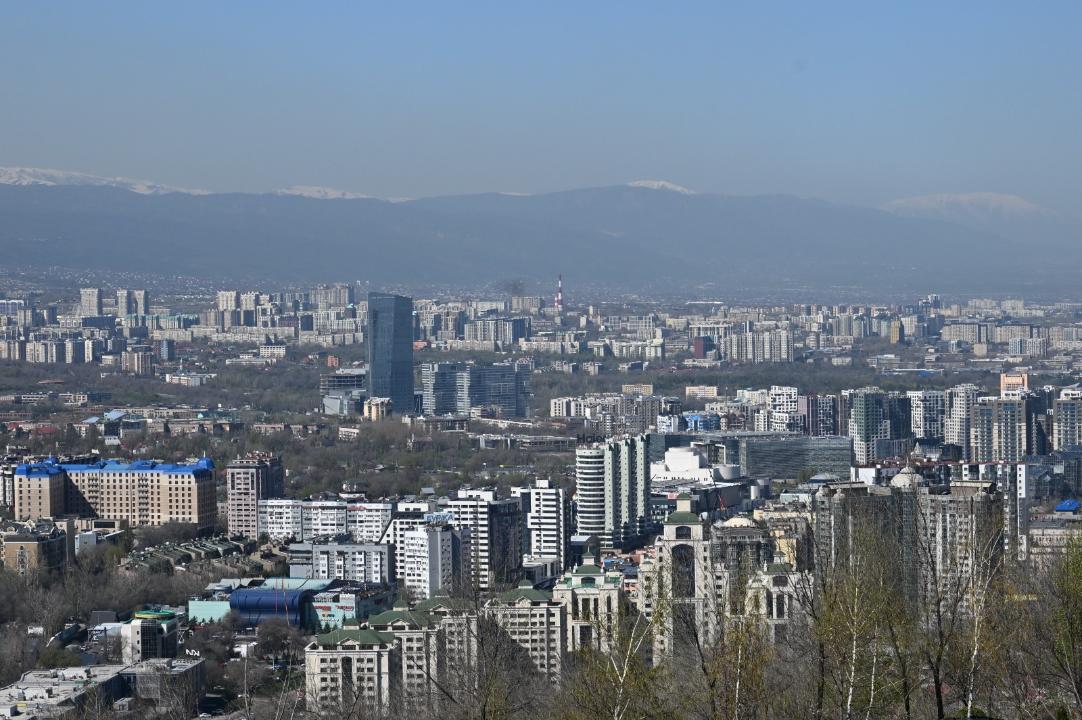A surge in net migration flows in 2023 has led to a larger labor pool, which is one of the key drivers of recent economic strength. This increase in the labor force has been the highest in over three years, providing significant support to the US economy. Despite fading factors such as fiscal stimulus and rapid inflation cooling, this trend is expected to continue and support growth in the coming months.
The Federal Reserve’s policy on interest rates is being affected by this robust economic activity. While inflationary pressures are still expected to ease as the year progresses, this process is likely to be slower than initially forecasted. As a result, rate cuts may not begin until later this year after several months of rates remaining unchanged.
One factor contributing to this delay is stronger economic growth in the first quarter of 2024. The US economy showed strong growth fueled by strong hiring and decreasing inflationary pressures, which supported consumer spending. This growth is expected to continue due to changing demographic trends and a forecasted 1.5% real GDP growth for the full year.
Overall, while inflationary pressures are still present, they are being counterbalanced by a larger labor pool and other factors that are driving economic growth. As a result, rate cuts may not begin until later this year after several months of rates remaining unchanged, allowing the Federal Reserve to remain patient as it monitors the state of the economy.


